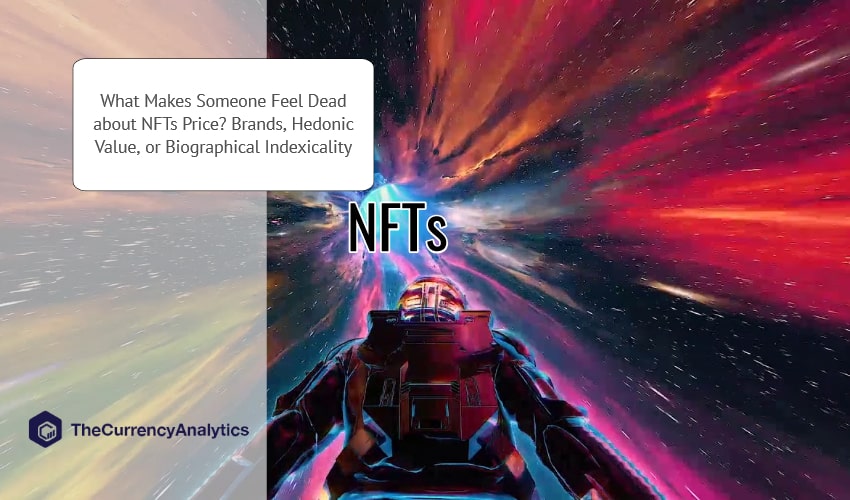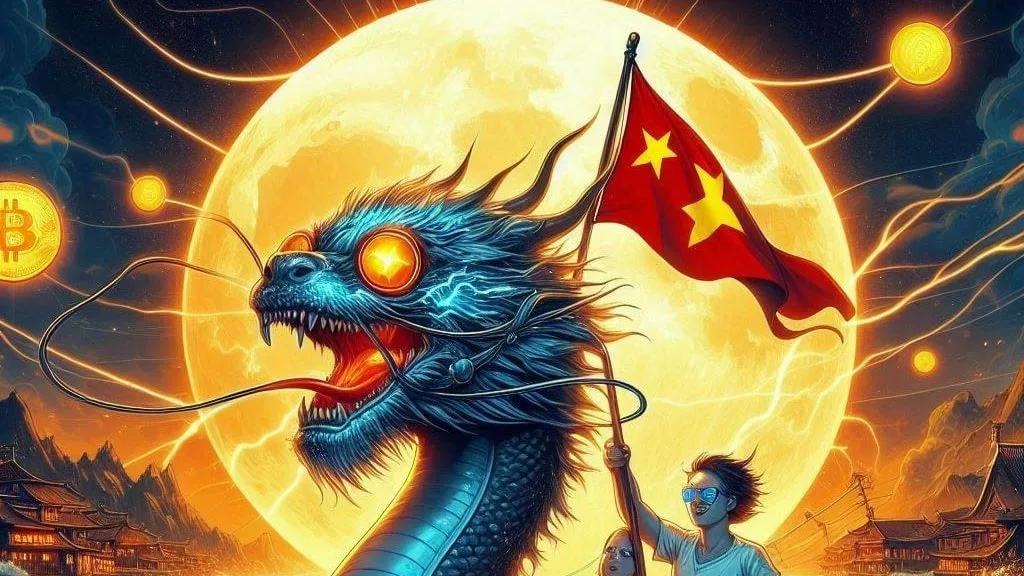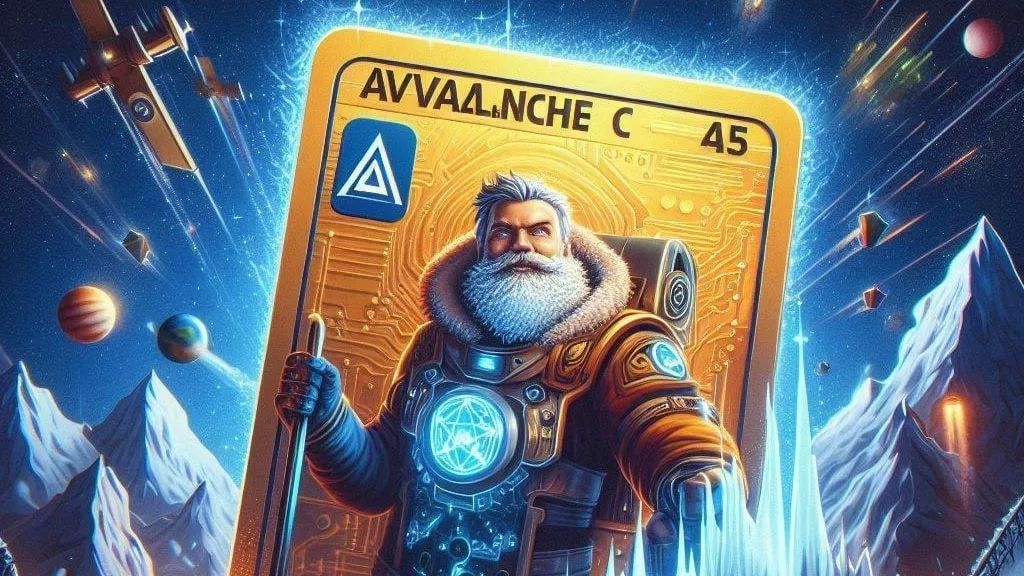
NFT shilling is when someone promotes an NFT and encourages others to invest in a specific NFT. In this process, someone who has an NFT will drop a link to the non-fungible token to be potentially purchased.
This is also a method of marketing and advertising an NFT. However, there is a bad reputation associated with shilling. The literal meaning of Shill is an accomplice of a confidence trickster or swindler who poses as a genuine customer to entice or encourage others.
However, in the NFT world, the shilling is all about sharing a link about a project. Regardless of criticisms, if what you share is worthwhile and meaningful, there is nothing wrong to be doing it. Those who shill their NFTs believe in the project. Like any other project, there are scams in the world of NFTs, and buyers need to take precautions.
There are NFTs that are hyped, but how to understand a specific NFT’s value? The basic answer is the NFT is a digital trademark that provides proof of provenance and ownership. With the use of an NFT, the asset’s authenticity is forever assured. Using blockchain technology, the token will be stored on a digital ledger and the token’s ownership details.
Unlike crypto coins that are identical and worth the same, NFTs are unique. An NFT is worth what someone might be willing to pay for it. The Value allotted to an NFT can sometimes be a lot when made by a famous artist and when the buyer is a wealthy collector.
Are NFTs a bubble? NFTs are definitely a bubble. Some opine that the NFT craze is subsiding and that several traditional investors are moving back to investing in traditional cryptocurrency tokens. The over-fueling and hype around NFTs seem to be over.
An economist who tried to explain why NFTs have Value stated brands – an emotional attachment to certain items and gifts can affect our understanding of Value. The technology about NFT and the ownership logic is confusing to many, but millions of dollars are already poured into this emerging market.
On the other side, there is a speculative mania around NFT, and there are issues in the resale market.
Many are left wondering why these NFTs with no tangible physical value have the price go up so much.
The price is purely related to emotional ownership. The emotional attachment to items and gifts, including digital ones, could upend existing ideas of Value and how they apply to NFT ownership.
The price is driven by the sense of “How much do I like this thing, in and of itself.”
There is also something called Hedonic Value. Hedonic goods are multisensory and provide for experiential consumption, fun, pleasure, and excitement. Flowers, designer clothes, music, sports cars, luxury watches, and chocolate fall in this category.
Utilitarian Value is derived from a product or service that helps the consumer solve problems and accomplish tasks. Finally, hedonic Value is the immediate gratification that comes from experiencing some activity.
Also, biographical indexicality is about the biographical element that indexes some important events in the past or their relation to a person’s life in history.
Those who have nothing to do with brands, Hedonic Value, or biographical indexicality have trouble wrapping their heads around the novelty of the technology.
This is one reason why, where somebody is willing to pay a lot, others are left dead about the price.


Get the latest Crypto & Blockchain News in your inbox.